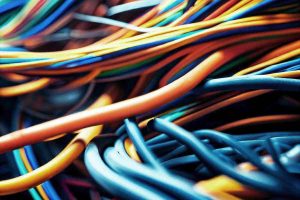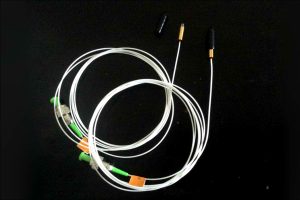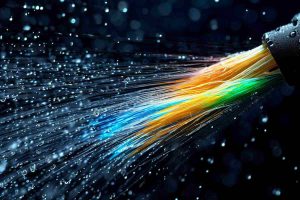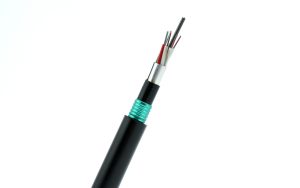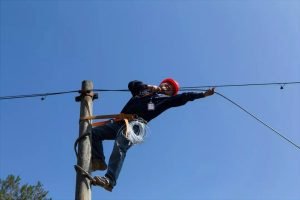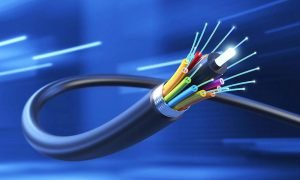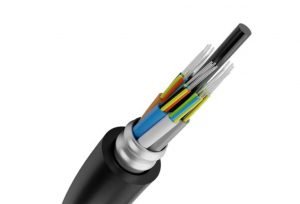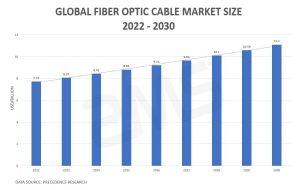The development of electrical wiring has been essential for the transmission of electricity and communication throughout history.. From the earliest discoveries in electricity generation to the latest innovations in cable technology, this article will explore the fascinating history of electrical wiring. From the first signs of static electricity to advances in fiber optic cables and superconductors, each stage has been crucial to our modern world. Accompany us on this journey through the history of the electric cable.
Internet Fiber Optic Cable

ZMS Cable provides technical information, news and updates on the fiber optic Internet cable industry. As a leading manufacturer and supplier of high quality fiber optic cables, ZMS Cable is committed to education and the dissemination of accurate and up-to-date technical information.
On this page, You can find a variety of topics ranging from the latest developments in optical cable technology to advances in telecommunications network engineering. Technical articles cover a wide range of topics, like basic cable theory, the implementation of optical networks and the transmission of high-speed signals.
They also include practical tips to help optical cable installers and users maximize the performance and efficiency of their telecommunications systems.. In addition to technical information, ZMS also offers news about the Internet fiber optic cable industry, like market trends, Featured projects and relevant events.
The Impact of Fiber Optic Curvature Radius on Network Speed
Have you ever suffered a sudden disconnection of your WIFI or repeated reboots, but still unable to connect to internet with slow speed? The reason for these problems, apart from the router itself, it could be a problem with the fiber optic bend radius.
Does the Humidity of the Internet Fiber Optic Cable Affect the Transmission of Signals?
During the rainy season, fiber optic cables laid outdoors often face the risk of moisture and water ingress. If water enters the fiber optic internet cable, will it affect signal transmission? How can you prevent the ingress of water into fiber optic cables??
Which Armored Fiber Cable Should Be Selected?
Fiber optics is a data transmission medium that has become one of the most widely used in the world of telecommunications due to its advantages over other media.. The main advantage is its high bandwidth capacity, allowing large amounts of data to be transmitted over long distances and with low attenuation.
The Ultimate Guide to Buying the Perfect Fiber Optic Cable
By building networks, It is essential to have a thorough understanding of the structure, materials and processes involved in the production of fiber optic cable, in order to buy adequate and excellent quality fiber optic cable.
How is the aerial laying of fiber optics carried out??
There are two main types of aerial fiber optics: fibers supported by braided and self-supporting steel. For example, OPGW cables have an outer layer of aluminum clad steel wire, while the ADSS cables are self-supporting optical fibers. The laying of these two types of fiber optics is also different..
Fiber Optic Network Trends up to 2023
Fiber optic network is a type of communications network that uses glass fibers to transmit information in the form of light.. These networks are characterized by their high speed, high data transmission capacity and reliability.
How Does Fiber Optic Work? Fiber Optic Types
Fiber optics is a means of transmitting information.. How does fiber optic work? In fact, is manufactured according to the principle of total light reflection. The fiber optic core is usually a double concentric cylinder of quartz glass.. It is brittle and breaks easily, so additional protective layers are needed. In addition to the plastic cover, outdoor fiber optic cables also have an armored layer.
What are the differences between communication fiber optics and power fiber optics??
Fiber optic cables are mainly used in communication lines for signal transmission. According to its use, can be divided into fiber optic communication, power optical cable, outdoor fiber optic, optical cable for mining, etc. So, What are the differences between communication fiber optics and power fiber optics??
Fiber Optic Cables Market: Opportunities and Challenges
Fiber optic cables have the advantages of high transmission capacity, low fade, long transmission distance, light weight and no electromagnetic interference.
Being the most promising communications transmission medium today, It is being widely used for signal transmission in various sectors. Currently, fiber optic cables are gradually becoming the mainstay of communication networks.

